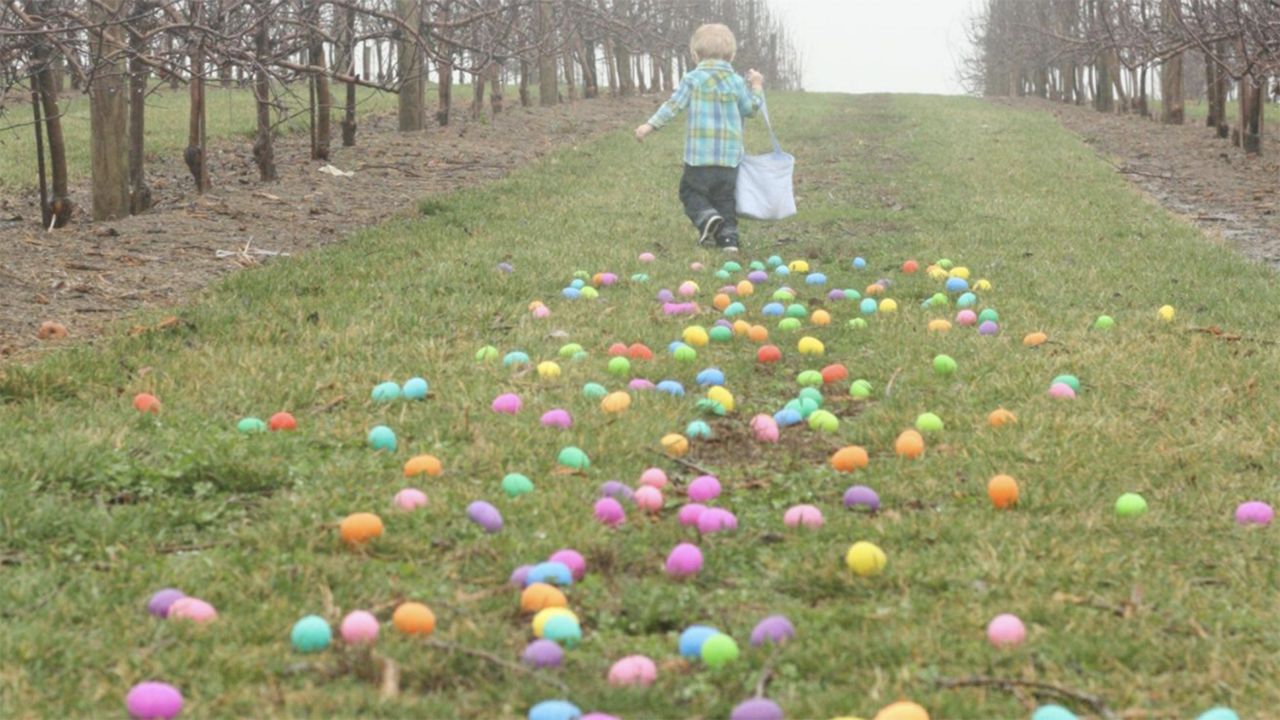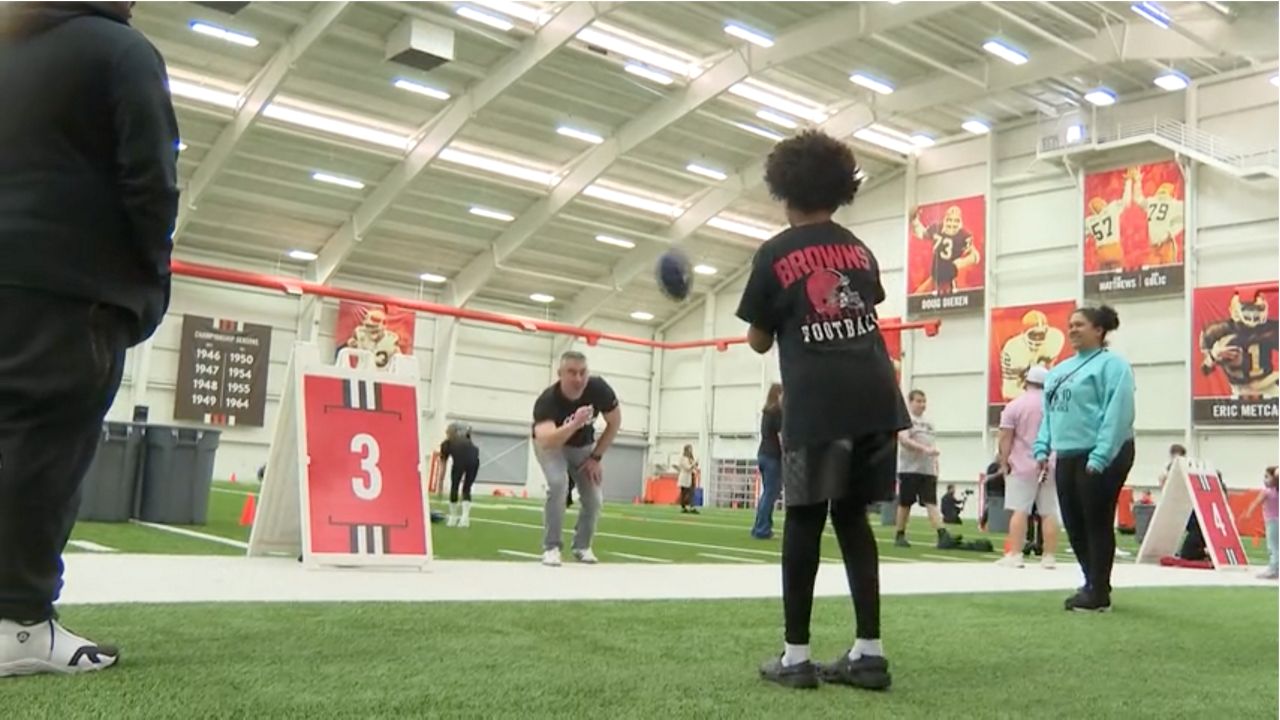CLEVELAND — Sam Elkurd wears an oxygen sensor hanging on a string around his neck.
He had a lung transplant in 2016 due to idiopathic pulmonary fibrosis.
“I bought them after my doctor confiscated my first one,” Elkurd said with a chuckle.
The transplant worked so well his doctor asked him to stop using the oxygen sensor.
Elkurd tells the story of about his doctor taking the sensor away and giving it to his secretary. He told Elkurd he had a good lung and didn’t need it anymore.
His trachea, on the other hand, is a different story. It collapses and Elkurd had a stent placed to help keep it open.
But the stent was also pinching, causing Elkurd to have trouble breathing. On one occasion, the stent traveled up his trachea and got stuck on his vocal cords. That incident landed him in the emergency room.
That’s when his doctor decided to have a custom stent made for him.
“One of the complications of lung transplant is the narrowing of the airway connected new lung to trachea. When that happens, it’s like trying to breathe through a straw, said Dr. Benjamin Young, medical director of bronchoscopy at University Hospitals.
Young said traditional stents don’t conform to the body very well. They don’t curve well and dig in, causing tissue build up.
The custom stents are made on a 3D machine. A patient’s cat scan images are first uploaded to a design software and a 3D model of their airway is created.
“Based on that, I go into the software design and design the stent to fit based on his anatomy,” Young said.
Because stents in the trachea are exposed to air, they degrade over time, needing them to be replaced every few months. But with a better fit comes fewer replacements.
For several years, Elkurd was having to have the original stent changed every few months, which requires being under general anesthesia. He’s only had to have his 3D stent changed once in the last year.
Elkurd said he’s back to feeling like his old self and back to planting in his garden.
Young is glad to see Elkurd is back to doing the things he loves.
“There’s a lot of truth to the saying, ‘when you can’t breathe, nothing else matters,’” Young said.










